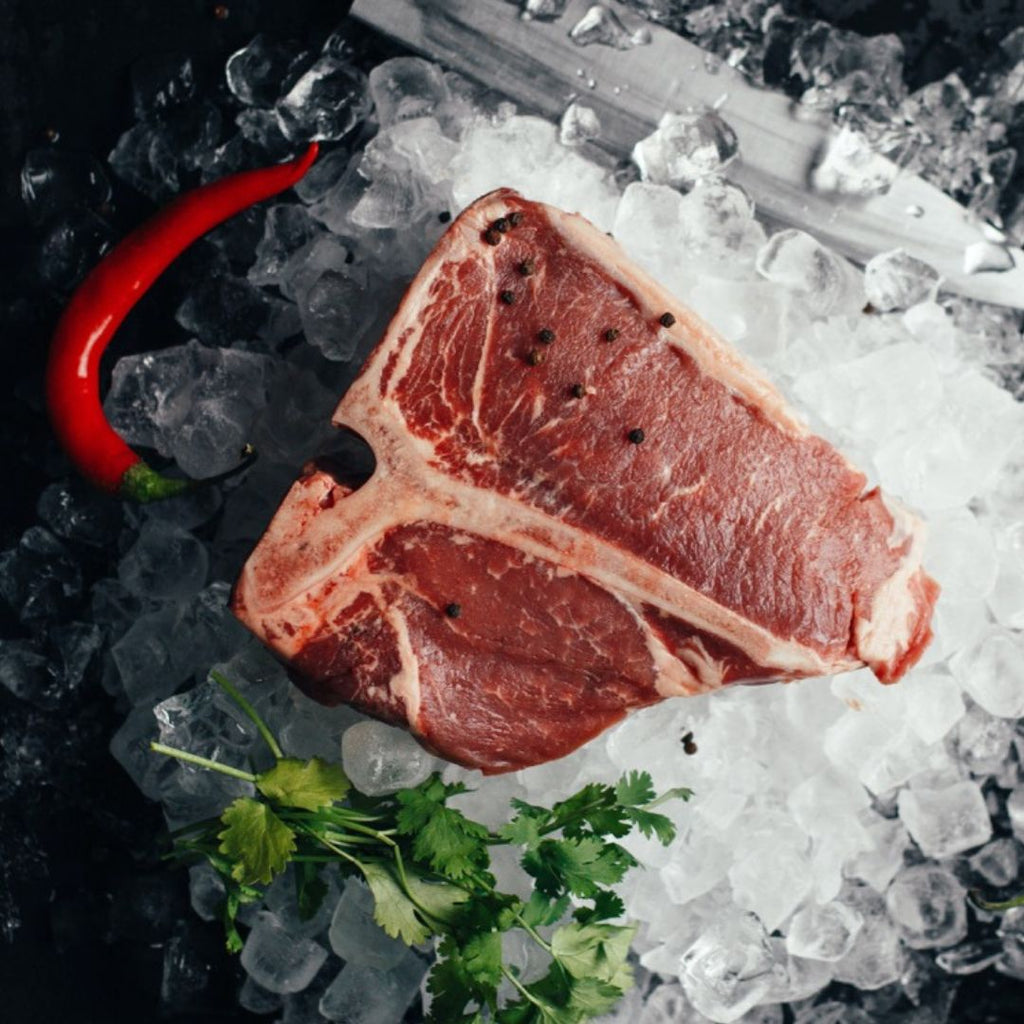
Raw or cooked meat, chicken or poultry, as any perishable meal, ought to be stored at a secured temperature in the course of “the big thaw.” They are secured indefinitely whilst frozen. However, as soon as they start to thaw and turn out to be warmer than 40°F, microorganisms that could have been present before freezing can even start.
Perishable meals should never be thawed at the counter, or in warm water and need to no longer be left at room temperature for more than hours. Even though the centre of the bundle might also still be frozen because it thaws on the counter, the outer layer of the food might be within the “Danger Zone,” between 40 and 140 °F — temperatures in which microorganisms multiply hastily.
When defrosting frozen food, it’s high-quality to devise in advance and thaw inside the fridge in which it will stay at a steady temperature — at 40 °F or below. There are three safe ways to thaw meals: in the fridge, in water, and inside the microwave. In a hurry? It’s secure to cook meals after defrosting.
Refrigerator Defrosting
Planning is the key to this approach because of the prolonged time worried. A large frozen object like a turkey requires a minimum of a day (24 hours) for every five pounds of weight. Even small quantities of frozen food — which includes a pound of meat or boneless chicken breasts — require a full day to thaw. When defrosting foods inside the refrigerator, there are variables to recall.
After defrosting inside the refrigerator, items such as ground meat, stew meat, chicken, seafood, need to remain safe and correct pleasant for an additional day or earlier than cooking; beef cuts (inclusive of red meat, red meat or lamb roasts, chops and steaks) three to five days. Food thawed inside the refrigerator can be refrozen without cooking, although there may be a few losses of nice.
Cold Water Defrosting
This approach is quicker than refrigerator defrosting but requires more attention. The meals should be in a leak-proof package or plastic bag. If the bag leaks, bacteria from the air or surrounding environment might be added to the meals. Also, the meat tissue may absorb water, resulting in a watery product.
Microwave Defrosting
When defrosting meals in a microwave, plan to cook it without delay after defrosting due to the fact a few areas of the food can also turn out to be warm and begin to cook dinner for the duration of the defrosting procedure (bringing the food to “Danger Zone” temperatures). Holding in part cooked food isn’t recommended because any microorganism present would not have been eliminated and, certainly, the meals may have reached the most viable temperatures for bacteria to grow.

Leave a comment